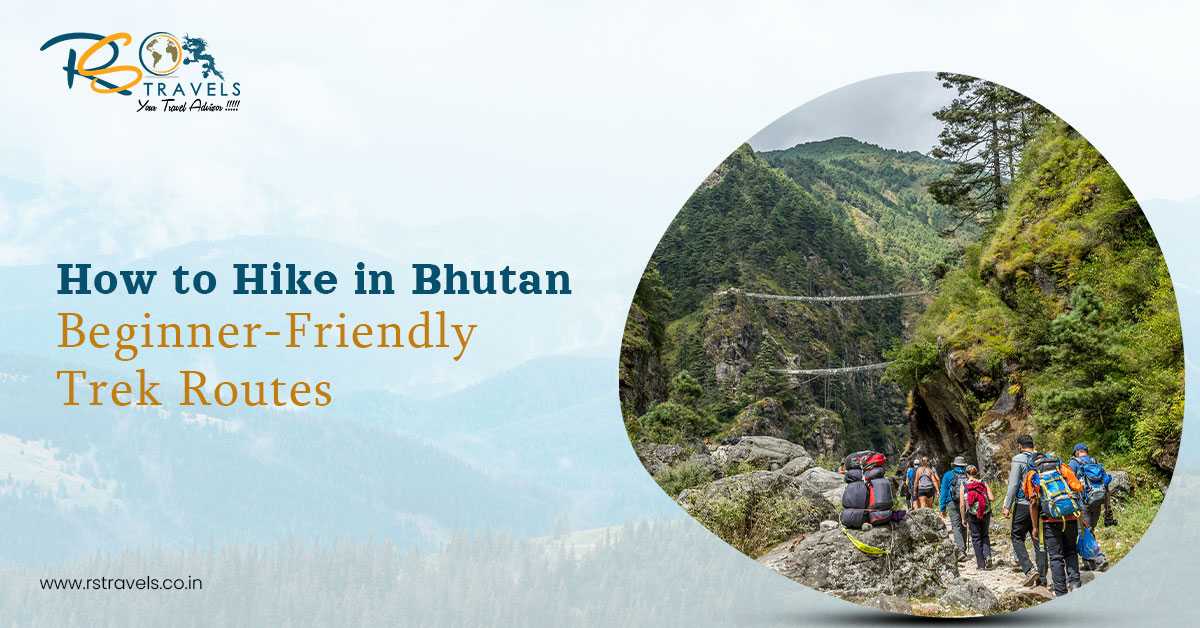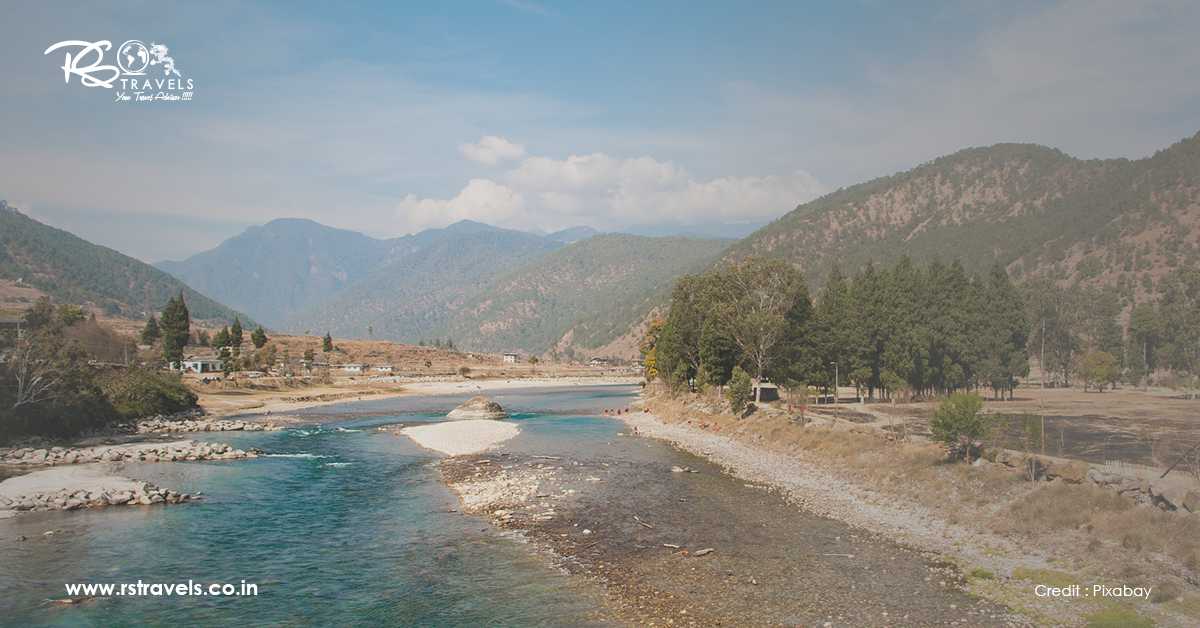Shrouded in mystery and in rich traditions, Paro is a highly preferred holiday destination in Bhutan. It has been long known for its reputation of casting its spell upon the wanderlusts worldwide. The quaint region snuggled in the bosom of Himalayan Dragon kingdom is the ultimate destination for the pilgrims, peace-seekers, wanderlust photographers, nature lovers. You can venture into the realm of mystery and cultural paradise with a bespoke itinerary crafted out by the best travel agent in Bhutan. Paro caters to the quest of those that seek beyond what has been seen and spoken. Immensely endowed by the natural grandeur and varied landscapes, Paro is the home to the oldest Dzongs and monasteries and a major hotspot for Bhutanese Tshechus. Paro offers an excellent opportunity for adventure, sightseeing, pilgrimage, and promises a thorough insight into the Bhutanese culture, traditions, and lifestyle. So, here is the list of unmissable offbeat destinations in Paro that can be customized in your Bhutan tour packages-
1. The intriguing Paro Taktsang Lhakhang (Tigers Nest Monastery)-
Built in 1692, Paro Taktsang is one of the major pilgrimage sites for Buddhist. It is the most sought-after destinations in Paro Bhutan. Tigers Nest Monastery is what strikes in our mind while we think of Bhutan, because it is one of the irresistible charms of Bhutan, with magnificent monasteries built 3,000 feet high on a steep cliff. On top of that, Paro Taktsang has many legends associated its creation. It is called as "Tigers Nest" because legends say that Guru Padmasambhava, the second reincarnation of Buddha meditated here, and he arrived here from Khenpajong (Tibet) riding on the back of a flying tiger. How to reach: Trekking trip to Tigers Nest Monastery If youre not acquainted with climbs you can even opt for pony rides. There will be porters and ponies available for carrying the heavy loads. Attractions: The trek itself is mesmerizing as it passes through the tall pine trees and some of the scenic woods covered with wildflowers like primulas, poppy, etc. On reaching the top, get rewarded by the breathtaking views of the luxuriant valleys, mountains, Paro town, etc. Tips: On the half way to the cliff, there is a caf�, where you can stop by for refreshment and for clicking photographs.
2. Ringpung Dzong- one of the oldest Dzongs and the chest of relics-
Constructed by Shabdrung Ngawang Namgyal in 1646, the first temporal and spiritual ruler in Bhutan Ringpung Dzong is one of the oldest and the massive Dzong in Paro. The origin of this Dzong is traced back to 15th century when local people had built a tiny temple and offered crag of Hungrel to a priest. In the later years, the tiny establishment was reconstructed and reconsecrated as the monastic and administrative center for the western region and came to be recognized as Ringpung Dzong. Attractions: This massive structure has 14 shrines and chapels in it. You can pay a visit to witness the brilliant architectural craftsmanship of the ancient Bhutanese people. Besides, Bhutanese Tshechu is organized here during the months of March/April (according to Georgian calendar). How to reach: Located at a convenient place, it can be reached by foot, crossing the traditional bridge known as Nemi Zam.
3. Ta Dzong or National Museum of Bhutan- the epitome of victory-
Constructed above the Paro Ringpung Dzong, Ta Dzong actually means "watchtower", as it was erected as a fortress and a watchtower for the purpose of defending Paro Ringpung Dzong from the external invasions. It was erected during the inter-valley wars in the 17th century by Tenzin Dugdra, the first Penlop or governor of Bhutan in 1649. The architectural formation of this building is quite unusual, because it is round and identical to conch-shell, and the stone walls of this building are 2.5m wide. The design of this structure bears the unification of sun and the moon. This unification symbolizes the victory over the enemies. In the past, it served as the quarters for the Soldiers and also a prison for the rivals and captive soldiers. Attraction: The architectural skills and craftsmanship are brilliantly seen in the structure and the layout of stone walls of Ta Dzong. Since the year 1967, Ta Dzong is serving as the National Museum of Bhutan. It has treasured the fascinating collection of arts, relics, paintings, postage stamps, and thangka painting, etc. Each floor has specific and brilliant collections of ancient relics that tell about the origin and the history of Bhutan. How to reach: A brisk walk from Ringpung Dzong
4. Chele La Pass- the highest and stunning motorable passes in Bhutan-
Located at an elevation of 3810 meters, Chele La Pass is one of the highest motorable passes in Bhutan. If you want to discover more, you can indulge in 35km mountain biking, or a drive to Chele La Pass, that offers an excellent road tripping, sightseeing, and nature photography. A drive to Chele La Pass will be an ideal treat for your visuals, because, you will drive through tall dense and enchanting larch, spruce, and pine forests. On the way, you will witness the jaw-dropping vistas of snow decked peaks, serene waterfalls, wildflowers, lush green vales valleys, meadows, etc. Main feature: Chele La Pass intersects and separates Paro region and the Haa Valley at an elevation of 3810 meters above the sea-level. Major attraction: A drive to Chele La Pass rewards you with the mesmerizing views of Bhutans tallest peak- Mount Jhomolhari, and other peaks like Jichu Drake, etc. You can catch the entire view of the Paro and Haa Valley. Chele La Pas itself remains shrouded in the ambiance mystery with thousands of countless hued prayer flags fluttering against the Himalayan air. How to reach: It is reachable by car, or you can indulge in mountain biking tour.
5. Traditional Village Farm House of Paro- Conserving the authenticity-
The charm of Paro Valley is enhanced by the cluster of quaint traditional farmhouses. These farmhouses are colorful, decorative, and traditionally constructed without using a single nail. All the farmhouses are built in the identical architectural pattern. The concept of establishing traditional farmhouses was initiated by Queen Mother of Bhutan, who emphasized on preserving and featuring the unique and rustic lifestyle of Bhutan. Traditional Village Farm House of Paro has captivated the minds of travelers across the world. Major attraction: traditional three storeys houses with identical architectural style. How to reach: It is located on the outskirt of Paro, thus, travelers can either hire a car or trek that rou� to reach the Farmhouse. The Traditional Farm Houses contain the apparel stocks and objects utilized in early Bhutanese period. There are vast rice fields, farmlands, and apple gardens encompassing the Farm House. So, this holiday season, do the offbeat destinations in Paro, Bhutan.





